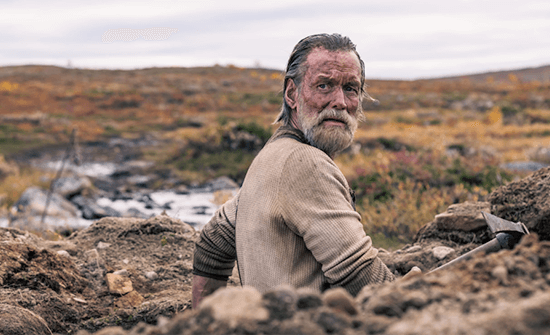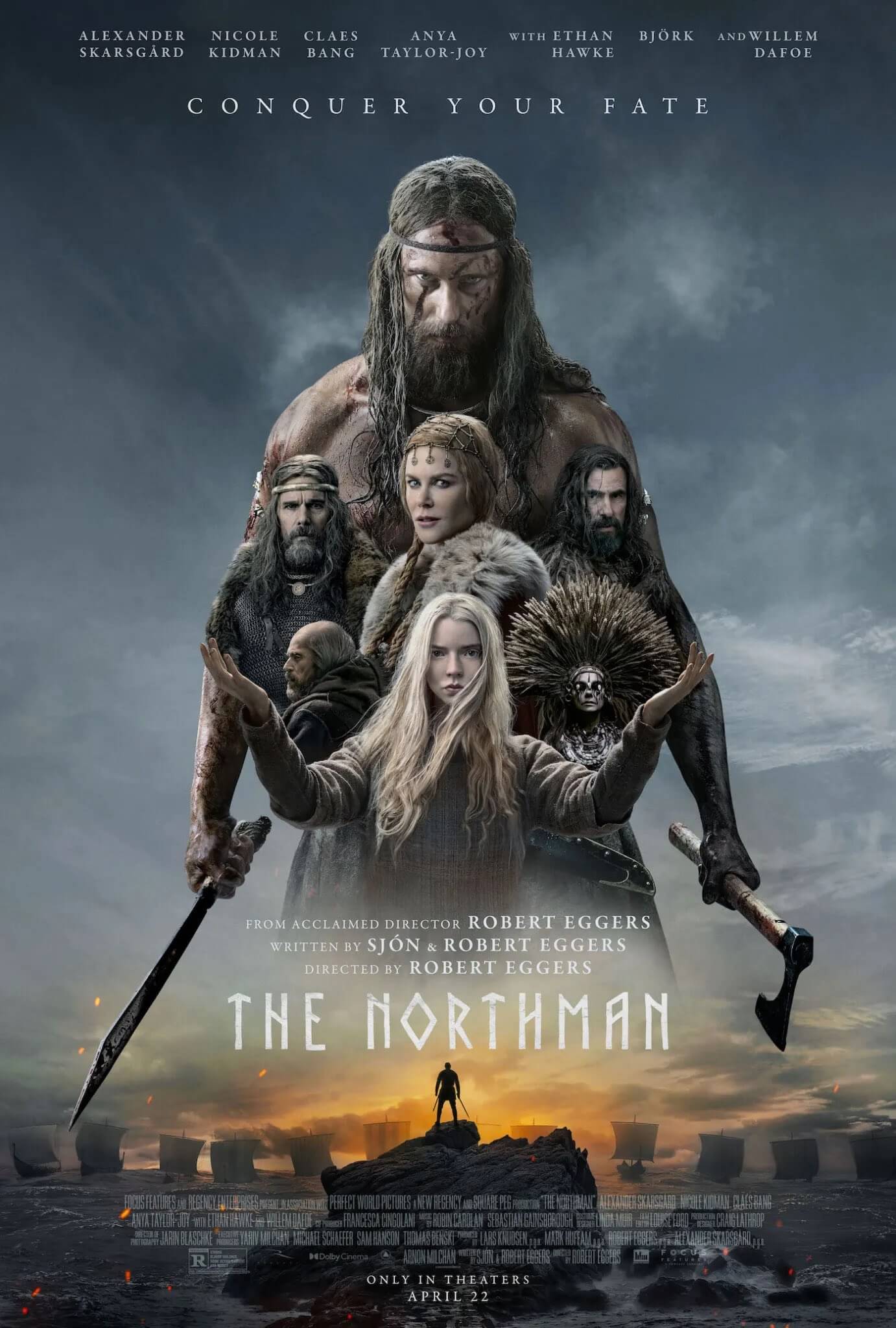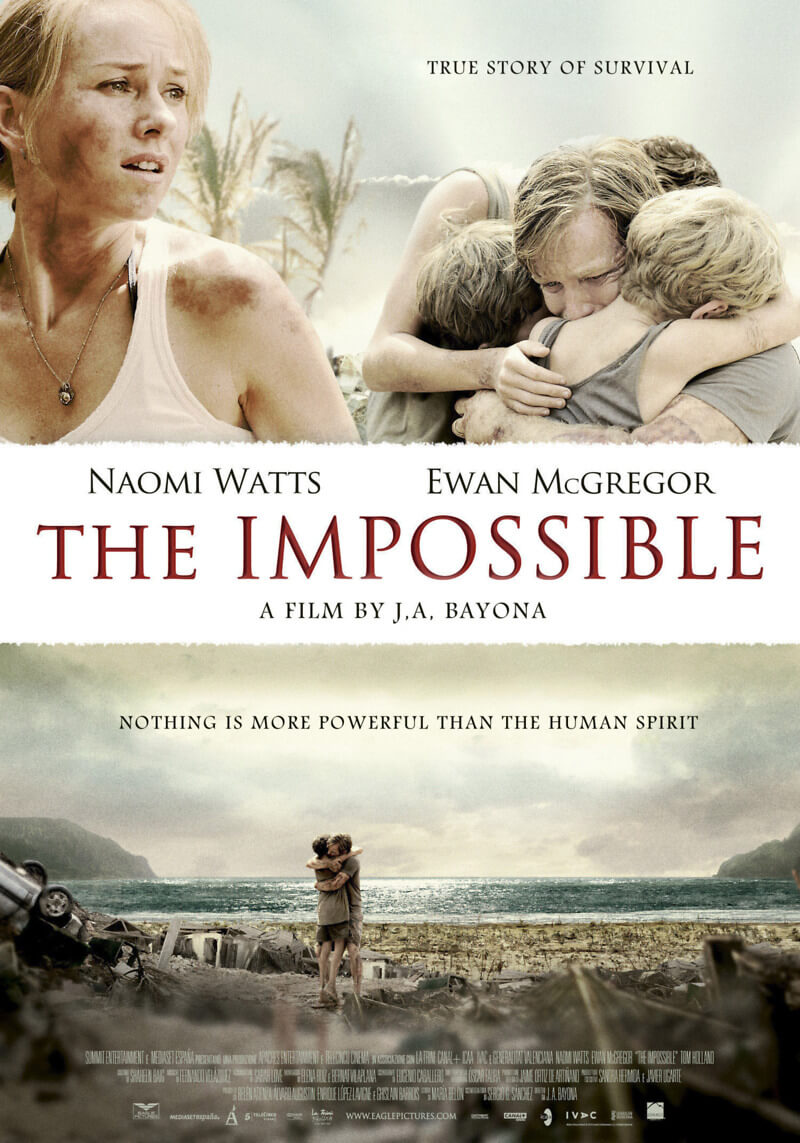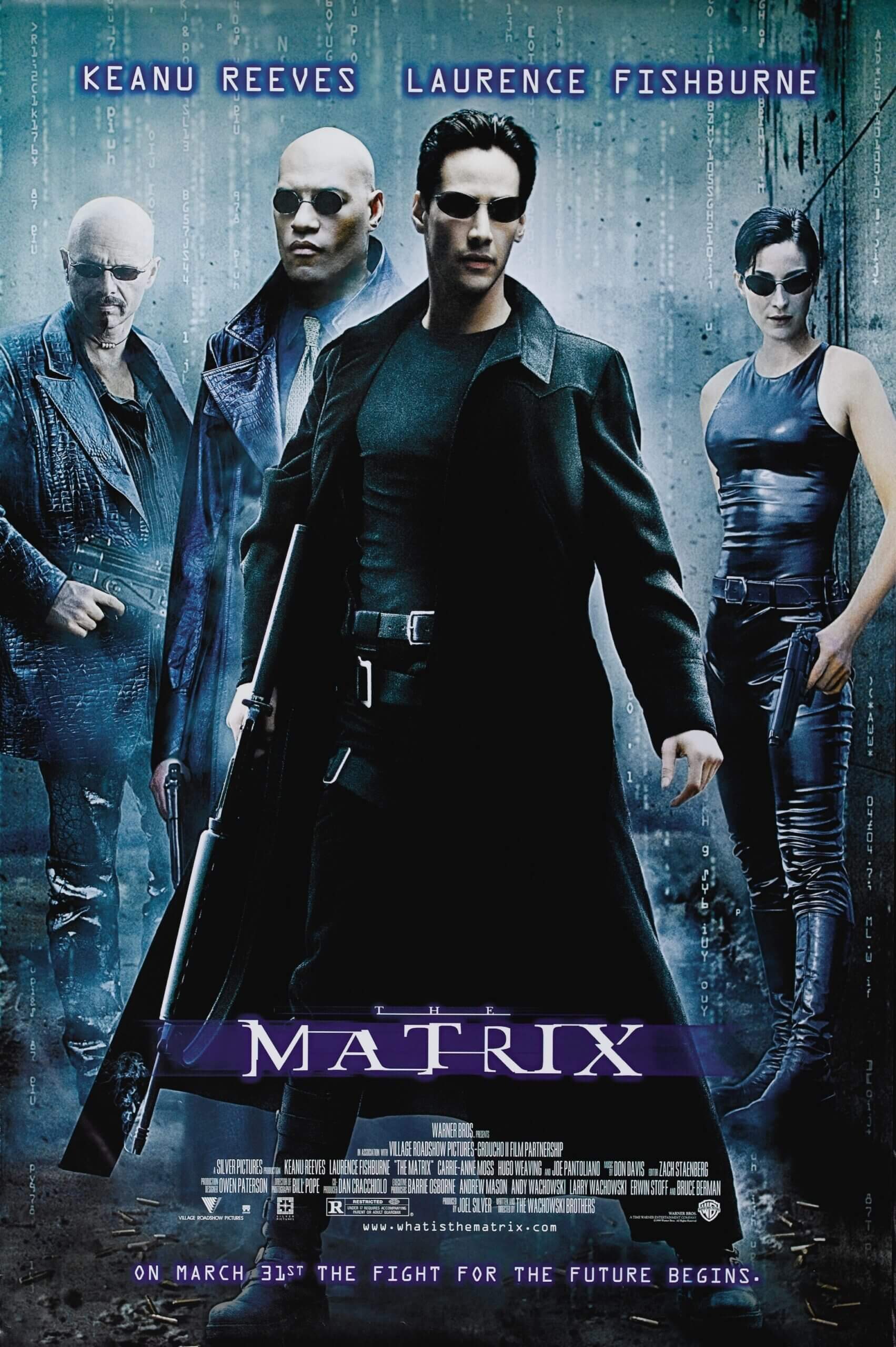Reader's Choice

Sisu
By Brian Eggert |
In the last few years, action films such as Max Max: Fury Road (2015) and the John Wick franchise have disposed of the previous decade’s interest in gritty realism. That grounded sensibility has been replaced with an over-the-top tonality that draws from video game violence, holds no allegiance to the laws of physics, and uses gore as a punchline. The more winkingly outlandish and excessive, the better. You can chart the progression with the Fast and Furious series, starting with the 2001 original, a Point Break (1991) rip-off about street racers who hijack trucks carrying DVD/VHS combo players. Twenty years later, the ninth movie had them going into space. Sisu adheres to the changing trajectory of action fare, turning the otherwise sober topic of World War II into a cartoonish spectacle of Nazi pummeling. The heightened quality of everything onscreen hopes to evoke gleeful and shocked laughter over the nonstop procession of stabbings, explosions, and dismemberments. And it mostly works.
But the material proves typical for writer-director Jalmari Helander, the Finnish filmmaker who followed his holiday horror-fest debut Rare Exports: A Christmas Tale (2010) with Big Game (2014), about a teen hunter who saves the POTUS (Samuel L. Jackson) from terrorists in Finland’s wilderness. Both of Helander’s previous efforts deployed overblown antics and comic book violence, vaguely reminiscent of Uwe Boll’s excesses, which is not meant to be as disparaging as it sounds. Rather, Helander’s execution and scripts are tighter, even while being larkish scenarios with playful results—a stylistic demeanor shared by other European action directors from Tommy Wirkola (Violent Night, 2022) to Ilya Naishuller (Hardcore Henry, 2016) to Timur Bekmambetov (Wanted, 2009). Helander’s films have become cult favorites in the US and abroad, earning impressive box-office and rental receipts among genre-friendly crowds. Sisu, his answer to Quentin Tarantino’s Inglourious Basterds (2009), is undoubtedly his most accessible project yet.
The movie is a well-oiled machine. After the iconic, lofty narration and animation that establishes the setting, the movie chugs forward with a simple but effective narrative momentum, leaving piles of dead Nazis in its wake. Structured in a series of yellow chapter titles reminiscent of Tarantino’s cinema, the story involves a solitary prospector, Aatami Korpi (Jorma Tommila), who, near the end of World War II, finds himself confronted by Nazis on a barren Lapland road. They quickly discover he’s carrying hard-earned gold—huge chunks concealed in leather satchels—and chase him across the landscape in hopes of stealing it. With the war winding down, their leader (Aksel Hennie) plans to use the gold to survive. But the platoon finds killing Korpi, a severe figure later described as a “one-man death squad,” much more difficult than it sounds. A former commando of legendary status, Aatami spends the remainder of the film reducing the Nazis to shreds.
 Here’s a movie where Korpi tosses land mines like grenades, detonating Nazis into a puff of bloody mist and chunks. It’s a movie where our dauntless hero sets himself on fire in one scene before leaping into a river to escape. When Nazis jump in after him, he slits their throats to breathe the air in their lungs and remain under the surface. In a rare moment of calm, he stops to extract about a pound of shrapnel and bullets from his body. Then he fashions a crude metal needle to stitch his wounds, adding to the storied assemblage of scars across his body. Tommila, who appeared in Helander’s other two features, gives a singular physical performance. Almost entirely wordless until the final scene, his silence and determination reflect Sisu’s meaning in Finnish, which, according to the opening titles, translates to something like “a white-knuckled form of determination” when “all hope is lost.” Accenting his formidable onscreen presence is Juri Seppä and Tuomas Wäinölä’s music, which alternates between monkish throat-chanting and heavy metal guitars—an appropriate mix that underscores Korpi’s ability to maintain an external calm during a violent rampage.
Here’s a movie where Korpi tosses land mines like grenades, detonating Nazis into a puff of bloody mist and chunks. It’s a movie where our dauntless hero sets himself on fire in one scene before leaping into a river to escape. When Nazis jump in after him, he slits their throats to breathe the air in their lungs and remain under the surface. In a rare moment of calm, he stops to extract about a pound of shrapnel and bullets from his body. Then he fashions a crude metal needle to stitch his wounds, adding to the storied assemblage of scars across his body. Tommila, who appeared in Helander’s other two features, gives a singular physical performance. Almost entirely wordless until the final scene, his silence and determination reflect Sisu’s meaning in Finnish, which, according to the opening titles, translates to something like “a white-knuckled form of determination” when “all hope is lost.” Accenting his formidable onscreen presence is Juri Seppä and Tuomas Wäinölä’s music, which alternates between monkish throat-chanting and heavy metal guitars—an appropriate mix that underscores Korpi’s ability to maintain an external calm during a violent rampage.
Neither Korpi nor the Nazis have many gradations. What we learn about Korpi we learn from other characters. The Nazis receive intel that he killed about 300 Russians during the Winter War. And, if being a fascist weren’t bad enough, the Nazis have kidnapped a truckful of Finnish women for unseemly purposes. Mimosa Willamo stands out among them when her character mocks the Nazis with stories of Korpi’s nickname: The Immortal. He lives up to that label, taking no end of punishment and losing buckets of blood along the way. Forget realism. Helander, who also wrote the screenplay, applies superhero logic to this wartime actioner. There’s never any doubt Korpi will succeed. Though, later, Sisu features some mild peril when the Nazis capture Korpi’s scruffy dog (spoiler: you can rest easy; the dog lives).
Clocking in at a lean 90 minutes, Sisu has the unrelenting drive of something like Dredd (2012), where an efficient killing machine mows down countless unnamed bad guys in pursuit of a fixed objective. Similarly, the film achieves a simple form-follows-function clarity of purpose, as cinematographer Kjell Lagerroos often composes beautiful shots captured on location in the Lapland, while editor Juho Virolainen pieces them together with sharp visual cohesion. There’s no greater commentary or subtext to be found, unless you read into why the Nazis speak English—other than for commercial reasons, that is. But with one exception, the Finnish characters speak English too, so it’s almost certain that Helander wanted to make Sisu consumable for North American audiences, who are usually allergic to subtitles. After Big Game and Sisu, the director seems to be courting Hollywood. Surely, his movie is the sort of violent and escapist material that earns favor among certain viewers. Just don’t expect more than a few well-composed cheap thrills.
(Note: This review was originally suggested and posted to Patreon on May 3, 2023.)

Thank You for Supporting Independent Film Criticism
If the work on DFR has added something meaningful to your love of movies, please consider supporting it.
Here are a few ways to show your support: make a one-time donation, join DFR’s Patreon for access to exclusive writing, or show your support in other ways.
Your contribution helps keep this site running independently. However you choose to support the site, please know that it’s appreciated.
Thank you for reading, and for making this work possible.
Brian Eggert | Critic, Founder
Deep Focus Review






